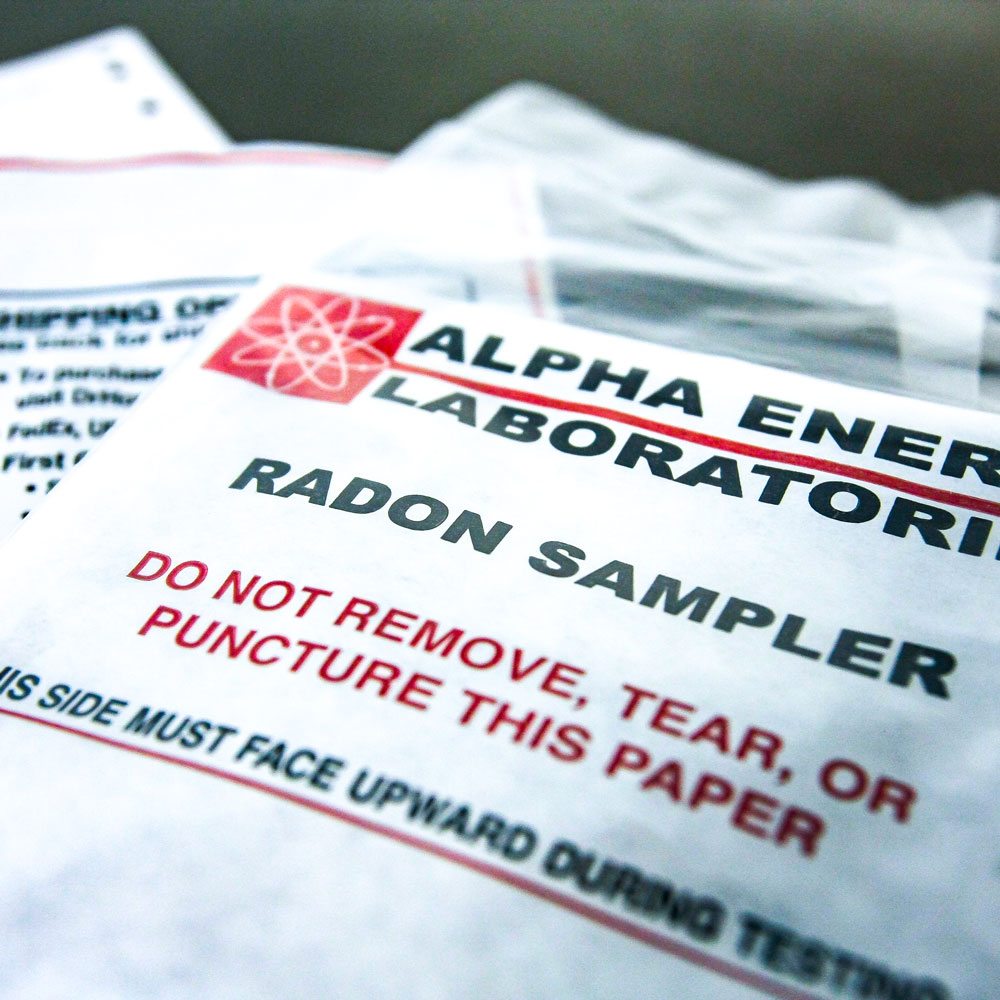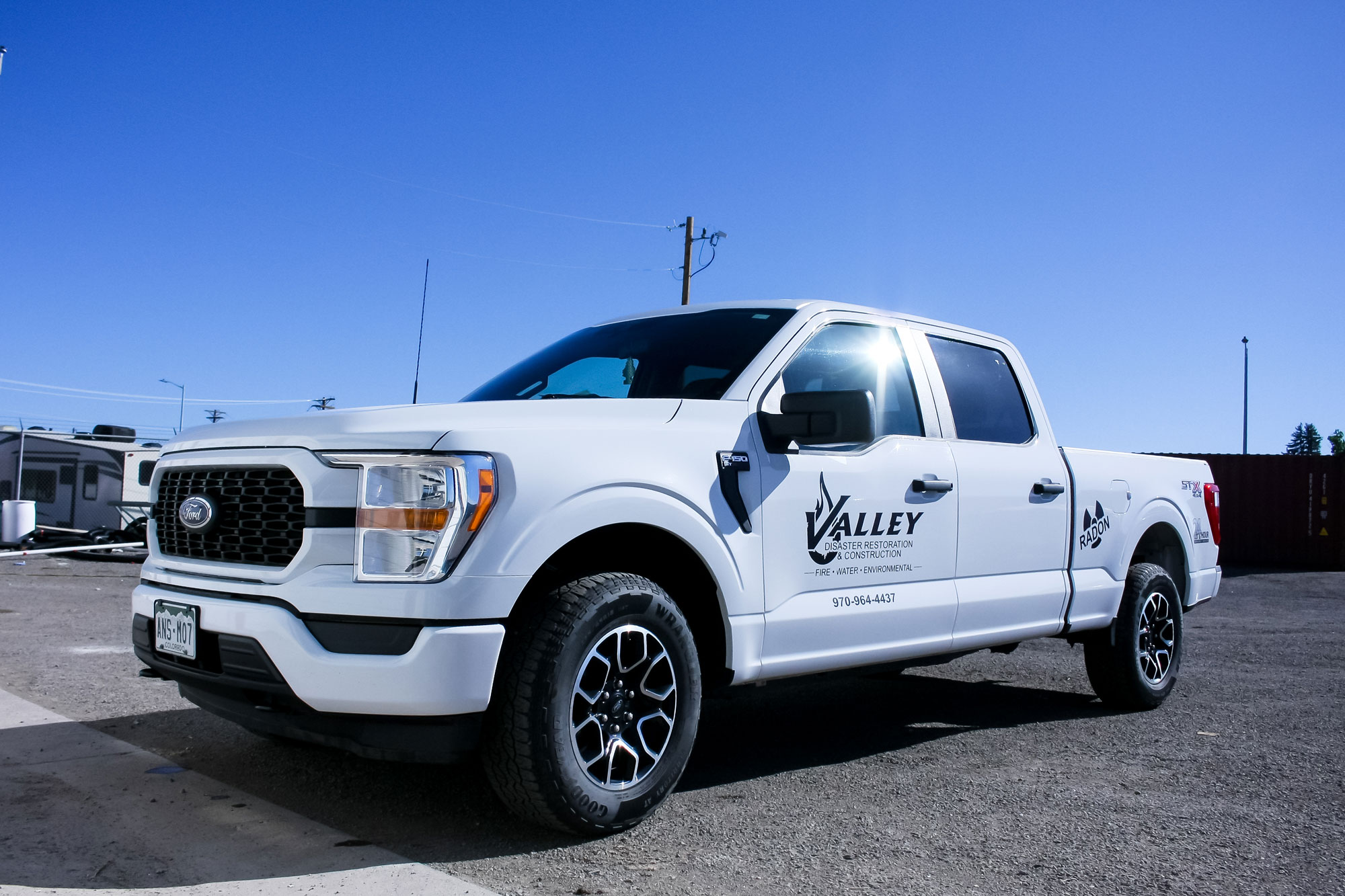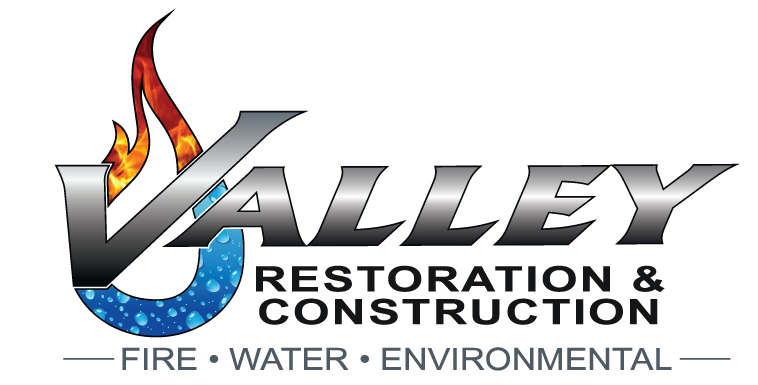Radon Mitigation & Repair
Radon gas is an invisible, odorless, radioactive gas that annually leads to over 22,000 radon-lung cancer deaths in America. Between 1/3 and 1/2 of homes have radon levels above the EPA action level in Colorado. Protect your family by having Valley Restoration & Construction do radon testing in your home. Should elevated levels be detected, we can protect your family through effective radon mitigation systems.
Want to Schedule a Radon Test?
What Is Radon?
Radon gas is colorless, odorless, tasteless, and invisible. It is created by soil and rocks containing uranium. When uranium decays naturally into thorium and radium, radon gas is produced. Because soil pressure is higher than the air pressure in your home, radon is pushed up from the soil toward the surface. When radon gas enters the air through cracks and crevices, it often collects in basements, crawl spaces, and other areas below ground level. Once inside, it seeps out of walls and ceilings and accumulates in homes.
Radon gas is commonly found in homes built before 1978 because this type of house was not adequately sealed against leaks. The Environmental Protection Agency (EPA) estimates that approximately 20% of all places built before 1980 contain high radon concentrations. In addition, radon has been found in more than half of all new homes since 1990. Between 1/3 and 1/2 of all Colorado homes have radon levels more than the EPA’s action level.
The EPA recommends testing if you suspect a radon problem. A trained technician will come to your premises to perform a radon test and provide you with a detailed analysis of the results. Since your basement or crawl space is commonly where radon first makes its appearance, this is where we check first. When we test homes and offices for radon exposure, we place our testing kit in the lowest building level and leave it there for 2 or 3 days. If the readings exceed four pCi/L, a radon hazard requires mitigation before it puts your health or your employees’ health in danger.
The main risk posed by radon is cancer, as experts linked radon gas to an increased risk of lung cancer. The EPA estimates that approximately 1 out of 10 people will develop lung cancer due to exposure to radon gas. People who live near uranium mines or other areas where radium-containing materials were used historically face a higher risk of contracting this disease.
A simple blood test is the most common way to detect radon exposure. However, if you want to take advantage of the latest technology, you can opt for a whole-body scan that uses radioactive material to create images of your body. These scans are incredibly accurate, making them one of today’s best methods.
How You KNow
Radon Testing
Radon testing is the process used to measure the concentration of radon gas in buildings. Radon is a naturally occurring radioactive gas that’s colorless, odorless, and tasteless, making it impossible to detect without specialized equipment. Prolonged exposure to high levels of radon gas can be harmful and is the second leading cause of lung cancer after smoking.
There are two main types of radon tests: short-term and long-term tests.

Short-term tests last between 2 and 90 days, depending on the device used. They provide a quick way to screen a home for radon levels and are typically used when immediate results are needed, such as during a real estate transaction. Short-term tests include charcoal canisters, electret ion chambers, continuous monitors, and liquid scintillation detectors.
Long-term tests last more than 90 days and provide a more accurate representation of the average radon level in a home, as radon levels can fluctuate daily and seasonally. Long-term tests include alpha track and electret detectors.
During the testing period, we place the devices in the lowest lived-in level of the home, typically the basement, where radon levels are usually highest. All windows and outside doors should be kept closed as much as possible during the test, except for regular entry and exit.
Once the test is complete, the device goes to a lab for analysis, and we receive a report with the radon levels expressed in picocuries per liter (pCi/L). The Environmental Protection Agency (EPA) recommends taking action to reduce radon levels if the result is 4 pCi/L or higher.
If You Suspect Your House May Have Unsafe Radon Levels, Contact Valley Restoration and Construction Immediately.
We are based in the heart of Montrose and have someone available to take your call 24/7. We service Montrose and surrounding areas, including Delta, Gunnison, Ouray, and Ridgway. Let us protect your family through effective radon mitigation systems.

Radon Test Positive
Radon Mitigation
There are many professional ways for radon abatement and mitigation. At Valley Restoration, our two main mitigation systems are the “slab system” and the “crawl space system.”

Our Process
How Valley Restoration Handles Radon
Western Colorado is highly susceptible to radon gas exposures within homes and local businesses. For this reason, Montrose area residents need to measure their home’s radon levels and, if necessary, install a radon mitigation system to reduce exposure. These are all things that Valley Restoration can help with as needed.
If you suspect your home has unsafe levels of radon gas, we will evaluate the situation and provide the best abatement and mitigation plan. We will first test your home radon levels and determine what is happening. Then, we will provide a custom radon mitigation solution based on your property using one of the methods outlined above.
Regardless of how your home or business property is built, Valley Restoration and Construction can create a custom radon mitigation system to reduce exposure to this deadly gas. Call us today to see how we can help keep you and your family safe and healthy.
Learn More About Radon Mitigation & Repair
Kid-Proofing Your Home
Hundreds of thousands of kids need to go to the hospital each year because of injuries from things like kitchen appliances, stairs, and electrical wires. You can keep your little ones safe by following these steps to help kid-proof your home! Cabinets, Drawers and...
Checking for Toxic Gas in Your Home
Toxic gasses can cause serious issues when they begin to leak into your home. These gasses could cause harm to you and your family in more ways than one. Some can go undetected because they don’t smell, look, or taste like anything. That’s why it’s important to...
Is Your Home a Healthy Living Environment?
During the winter, you spend a lot more time indoors. Because of this, it’s important to make sure you’re living in an environment that’s good for your health! How do you know if your living environment is dangerous? How do you ensure no new dangers arise? Signs of an...
FAQs
Common Radon Mitigation Questions
What is radon?
Radon is a naturally occurring radioactive gas that is colorless, odorless, and tasteless. The decay of uranium in soil, rock, and water produces it. Radon can enter homes and buildings through cracks and openings, potentially leading to elevated indoor radon levels and health risks.
Why is radon a concern?
Radon is a concern because it is the second leading cause of lung cancer after smoking, responsible for an estimated 21,000 lung cancer deaths annually in the United States. Prolonged exposure to elevated radon levels can significantly increase the risk of developing lung cancer, especially for smokers.
How do I know if I have high radon levels in my home?
Testing your home is the only way to know if you have high radon levels. Radon test kits are available for purchase online or at local hardware stores. You can also hire a certified radon measurement professional to conduct the test.
What is considered a high radon level?
The U.S. Environmental Protection Agency (EPA) recommends taking action to reduce radon levels if the test results show radon concentrations at or above 4 picocuries per liter (pCi/L) of air.
How does radon mitigation work?
Radon mitigation is the process of reducing radon levels in a building. The most common radon mitigation method is active soil depressurization (ASD). It involves installing a vent pipe system and a fan to draw radon gas from beneath the building and safely vent it outside.
How much does radon mitigation cost?
The cost of radon mitigation can vary depending on the size of the building, the complexity of the system, and local labor rates. On average, homeowners can expect to spend between $1500 and $3,000 for a radon mitigation system installation.
How effective are radon mitigation systems?
Radon mitigation systems effectively reduce radon levels when adequately installed and maintained. It is not uncommon for radon levels to be reduced by 90% or more following the installation of a radon mitigation system.
Will my homeowner's insurance cover radon mitigation?
Homeowners’ insurance policies typically do not cover radon mitigation costs. However, some policies may cover testing and mitigation if you discover radon during a covered loss, such as after a natural disaster. Consult your insurance agent for more information.
How do I choose a radon mitigation professional?
When selecting a radon mitigation professional, look for the following:
- Licensing and certification by relevant state or national organizations
- Experience and expertise in radon mitigation
- Positive customer reviews and references
- Written estimates and guarantees for their work
How often should I test my home for radon?
The EPA recommends testing your home for radon at least every two years or after any significant renovations or changes in the ventilation system. If you have a radon mitigation system installed, test your home within 30 days of installation and at least every two years to ensure the system works effectively.

